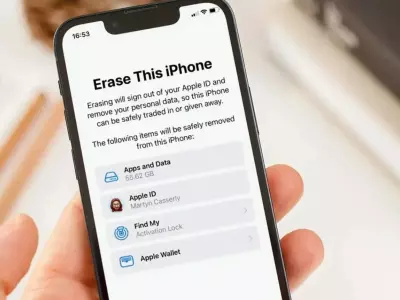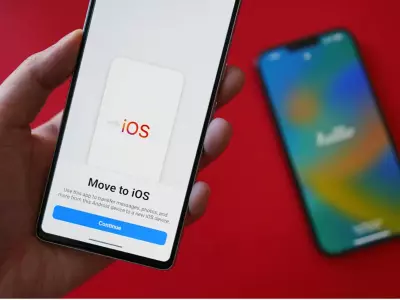Retina Display vs. Standard Laptop Display: Is it Worth the Difference?
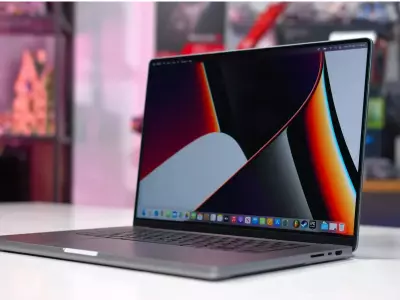
The screen is one of the most important things to consider when choosing a laptop. We spend hours every day in front of the display – whether we are working, studying, watching movies or surfing the Internet. The quality of the screen determines not only the visual experience, but also the comfort for the eyes.
Apple popularizes the concept of Retina Display as a symbol of crystal clear and vivid images. But how big is the real difference between a Retina display and a standard laptop display? And is it really worth the extra investment? In this article, we will compare the two types of screens — easily, understandably and practically, to help you make an informed choice according to your needs and budget.
1. What is Retina Display?
Retina Display is Apple’s trademark for displays with high pixel density, where individual pixels are indistinguishable to the naked eye at a normal viewing distance. This means a clearer picture, smoother fonts and more realistic colors.
Key features of Retina displays:
Resolution: High (for example, 2560x1600 or 3024x1964 pixels)
Pixel density: Over 220 ppi (pixels per inch)
Brightness: 400 – 500 nits, suitable for outdoor use
Color accuracy: Wide color gamut (P3 Wide Color) and True Tone technology that adapts colors to ambient light
2. What is a standard laptop display?
A standard laptop display is more common on devices in the mid-range and lower price range. It provides a good image for basic tasks, but with some limitations compared to Retina.
Main features of standard displays:
Resolution: Most often 1366x768 (HD) or 1920x1080 (Full HD)
Pixel density: 100 – 150 ppi
Brightness: 250 – 300 nits
Colors: sRGB coverage with limited color gamut
3. Key differences between Retina and standard display
Display
Retina Display
Standard display
Image clarity
Extremely detailed
Grainier, visible pixels
Color accuracy
Richer and more realistic colors (P3)
More limited color gamut
Brightness
Higher (up to 500 nits)
Lower, often a problem outdoors
Viewing angles
Better (IPS or Liquid Retina)
Depends on the panel, often TN
Eye comfort
True Tone, reduced fatigue
Higher workload during long work
4. Real-world situations: When is Retina Display an advantage?
The Retina display is a good choice if:
You work with graphic design, photo editing or video editing — where resolution and color accuracy are essential
You read and write a lot — sharper and clearer text reduces eye fatigue
You like to watch movies or make presentations — thanks to bright and saturated colors
5. When is a standard display enough?
The standard display is perfectly suitable for:
Office work — Word, Excel, email, web browsing
Online learning and video calls
Users with a more limited budget looking for a reliable laptop for everyday use without demanding on resolution and color gamut
6. Does it matter for the battery?
Yes. Retina displays consume more power due to their high resolution and brightness. At Apple, this is compensated for with energy-efficient chips (such as M1, M2) and optimized batteries. With other manufacturers, high-resolution screens can shorten battery life if the hardware is not well balanced.
Finally, we can summarize that the Retina display is undoubtedly better quality, more comfortable for the eyes and offers a brighter and more precise image. But for most basic activities and for people on a limited budget, a good Full HD display also does an excellent job.
And on the Hop.bg website you will find a wide selection of laptops — both with Retina and standard displays, new and refurbished models, with a warranty and excellent prices. Browse our offers and choose the most suitable device according to your needs and budget! Visit our stores in Sofia, Plovdiv, Pleven, Varna and Ruse and see for yourself the quality of the wide variety of products we offer.
Previous post Next postLast publications
Last publications
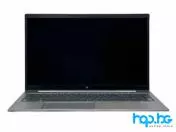
Mobile workstation HP Zbook Fury 15 G7
- Intel Core i7-10850H (12M, 2.70 GHz, up to 5.10 GHz)
- 64GB DDR4
- 512GB SSD
- Intel® UHD Graphics for 10th Gen Intel
69900 €
65800 €

Mobile Workstation Dell Precision 7670
- Intel Core i7-12850HX (25M, 3.40 GHz, up to 4.80 GHz)
- 32GB DDR5
- 512GB SSD
- NVIDIA RTX A1000 (128-bit, 4GB GDDR6)
110200 €
99500 €
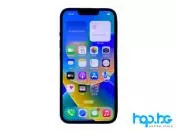
SmartphoneApple iPhone 13 128GB Starlight
- Hexa-core (2x3.23 GHz Avalanche + 4x1.82 GHz Blizzard)
- 4GB
- 128GB
- Apple GPU (4-core graphics)
30600 €
28100 €

LaptopApple MacBook Pro A2141 (2019) Space Gray
- Intel Core i9-9880H (16M, 2.30 GHz, up to 4.80 GHz)
- 32GB DDR4
- 1TB SSD
- AMD Radeon Pro 5500M (128 bit, 4GB GDDR6)
58700 €
51000 €

LaptopApple MacBook Pro A2141 (2019) Space Gray
- Intel Core i9-9880HK (16M, 2.30 GHz, up to 4.80 GHz)
- 32GB DDR4
- 512GB SSD
- AMD Radeon Pro 5500M (128 bit, 8GB GDDR6)
63800 €
58700 €




